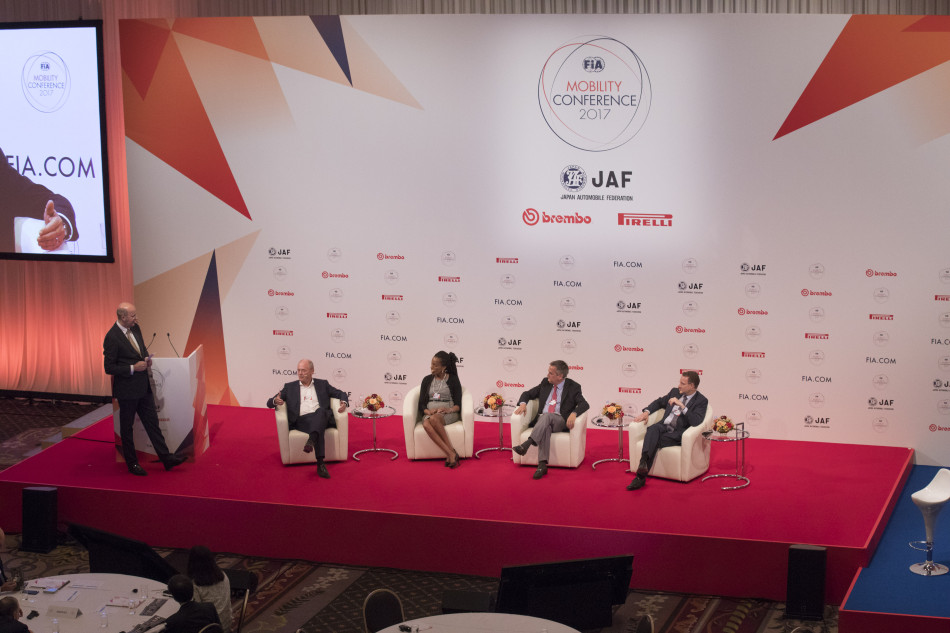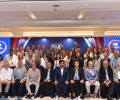FIA Mobility Strategic Review
Delegates were invited to play an active role in setting out the FIA Mobility Strategy for the next three years

For the first time in the 25-year history of the FIA Mobility Conference, assembled delegates were invited to play an active role during the FIA Mobility Strategic Review which will help to shape the policy direction of the Federation over the next three years.
FIA Deputy President for Automobile Mobility and Tourism, Brian Gibbons, opened the session by saying: “Today is an opportunity for Mobility Conference delegates and Member Clubs to shape the strategic vision of the FIA Mobility department going forward. At the start of the week, the World Council for Automobile Mobility and Tourism reviewed the progress to date and indicated they were very comfortable with the current direction – and now you have an opportunity to add your input.“
President of FIA Region I, Thierry Willemarck, added, “We have an opportunity to enhance the FIA role in providing support to Member Clubs by orchestrating an efficient communication between the network of Clubs.
“Road Safety will remain a priority for all. Sustainable mobility is an area in which we need to engage even further. The starting points and key challenges on these issues vary tremendously from region to region, and through this forum, we will find the right balance on the path for the future.”
Dirk Rens MD of Parthenon-EY, then gave delegates an overview of how the review process began, and the direction it has taken up to now. Assessing the discussions of the World Council for Automobile Mobility and Tourism in Bruges earlier this year, he said: “In 2014 there were four strategic aims, Club Development, Advocacy, Services, and Governance. Each of these aims was broken down into goals and resultant projects.
The aim of the Strategic Review has been to determine whether these goals are still relevant, what the role of the FIA should be in achieving these aims, and what resources will be required to do so.”
With this overview provided, the first interactive discussions took place as delegates considered what the FIA can do to support local advocacy, and what Member Clubs can do to achieve their goals.
In the area of Club and Service Development, the focus was on ways in which Clubs have shared their knowledge and information and what that delivers in terms of local value.
Three speakers from local Clubs were then invited on stage to present their experiences.
A short panel discussion followed, which looked at the role technology can play in the collaborative action of Clubs.
With the feedback of the delegates collected and ready to be analysed for inclusion in the final strategy for the coming three years, McKellar concluded by saying: “People need the right mechanism and connections to get the information they need. The FIA can facilitate experience-sharing between Member Clubs with a number of practical tools – specifically our web portal and FIA University. Now we can say that the four aims we started with in Bruges have been re-worked and refined into three more relevant aims which we will take forward: Advocacy, Club and Services Development, and Communication and Engagement.

 Facebook
Facebook Twitter
Twitter






